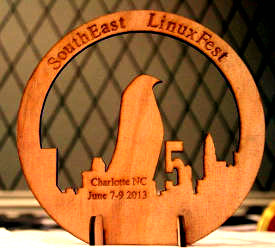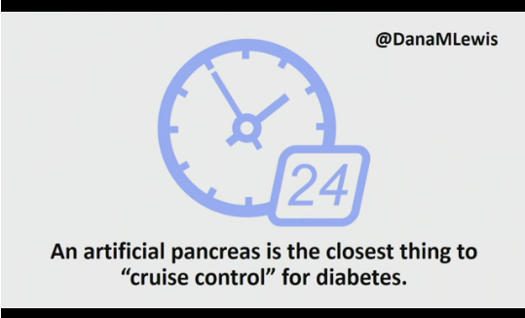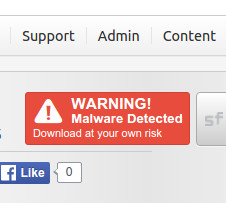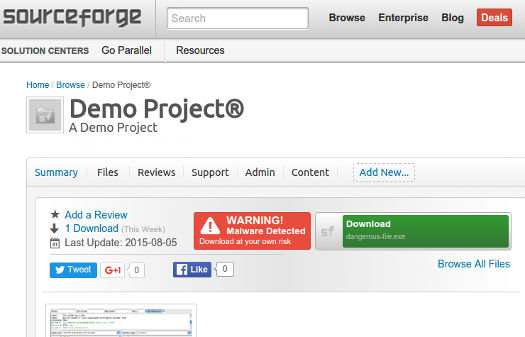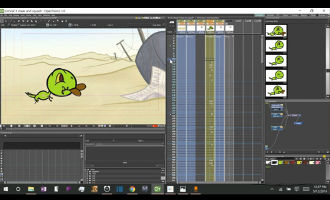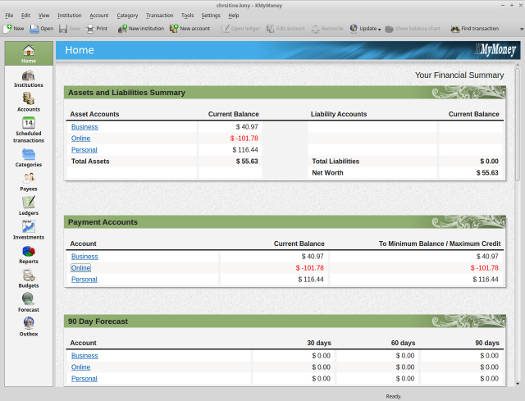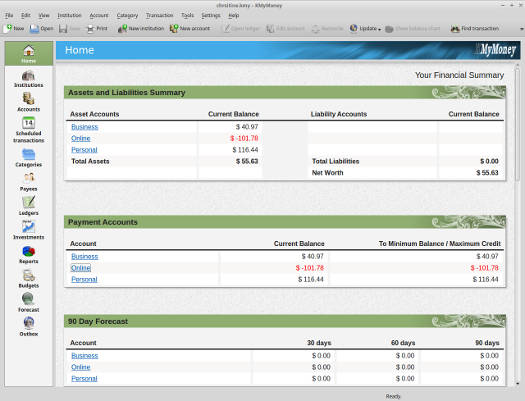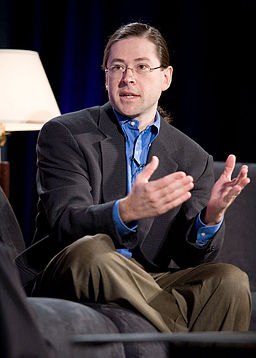As an increasing number of our devices become connected to the Internet, Karen Sandler explains, the openness of open source becomes more important than ever.
The Video Screening Room
A fascinating interview conducted by Jenn Webb at this year’s OSCON with Karen Sandler, open source evangelist and executive director of the Software Freedom Conservancy, was uploaded to YouTube this week. These thoughts of hers really hit home — “We’re only as safe as our weakest leak…. With the Internet of Things, all the software that seems not-so-critical is becoming critical — because everything talks to each other and interacts with each other. And so free and open source software has never been so important.”
For the past 10 years, Phil has been working at a public library in the Washington D.C.-area, helping youth and adults use the 28 public Linux stations the library offers seven days a week. He also writes for MAKE magazine, Opensource.com and TechSoup Libraries. Suggest videos by contacting Phil on Twitter or at pshapiro@his.com.

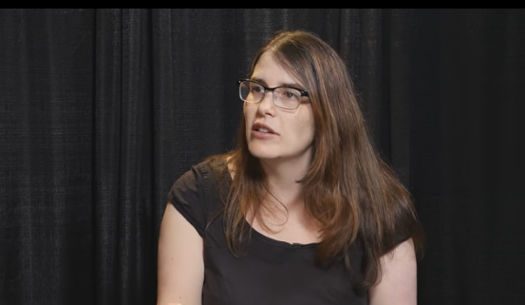


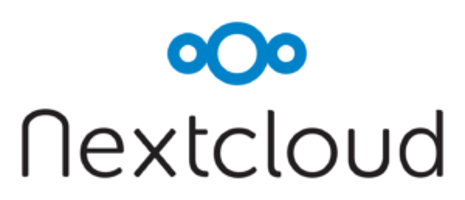
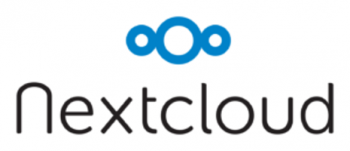 Meanwhile, it’s been an interesting week in the world of FOSS…
Meanwhile, it’s been an interesting week in the world of FOSS…